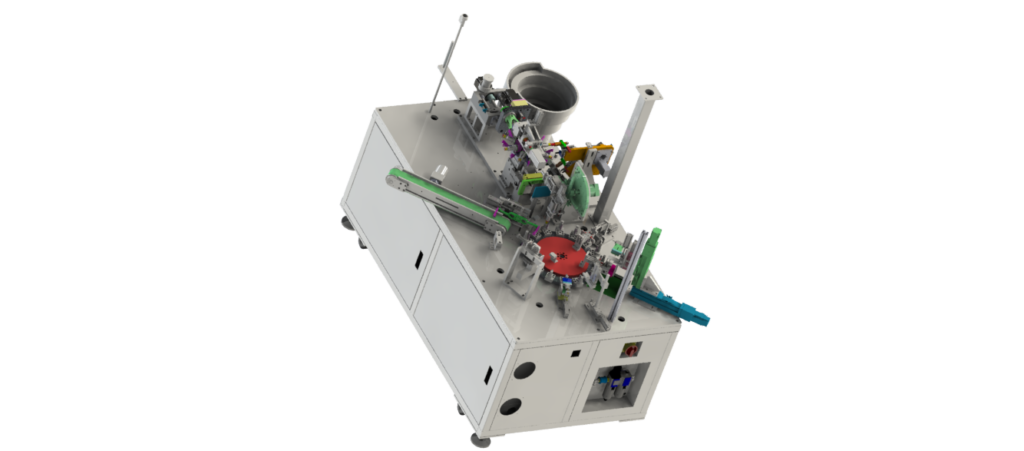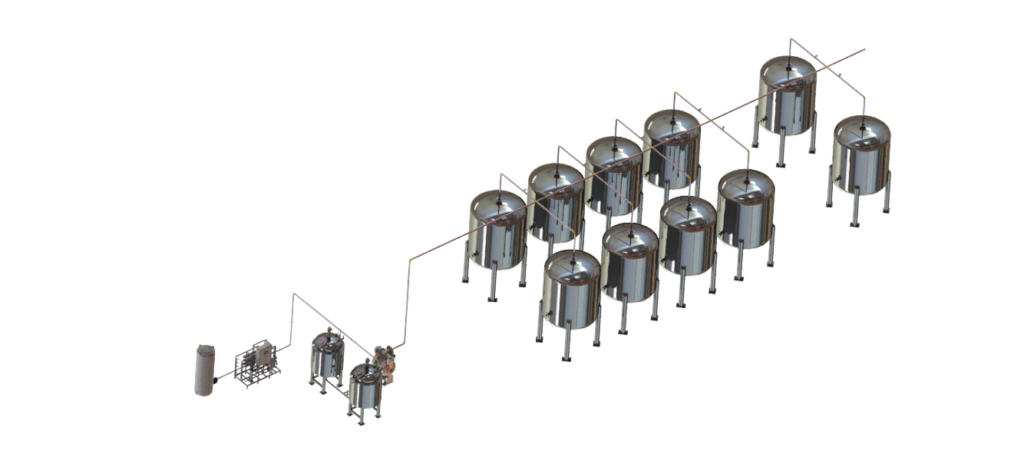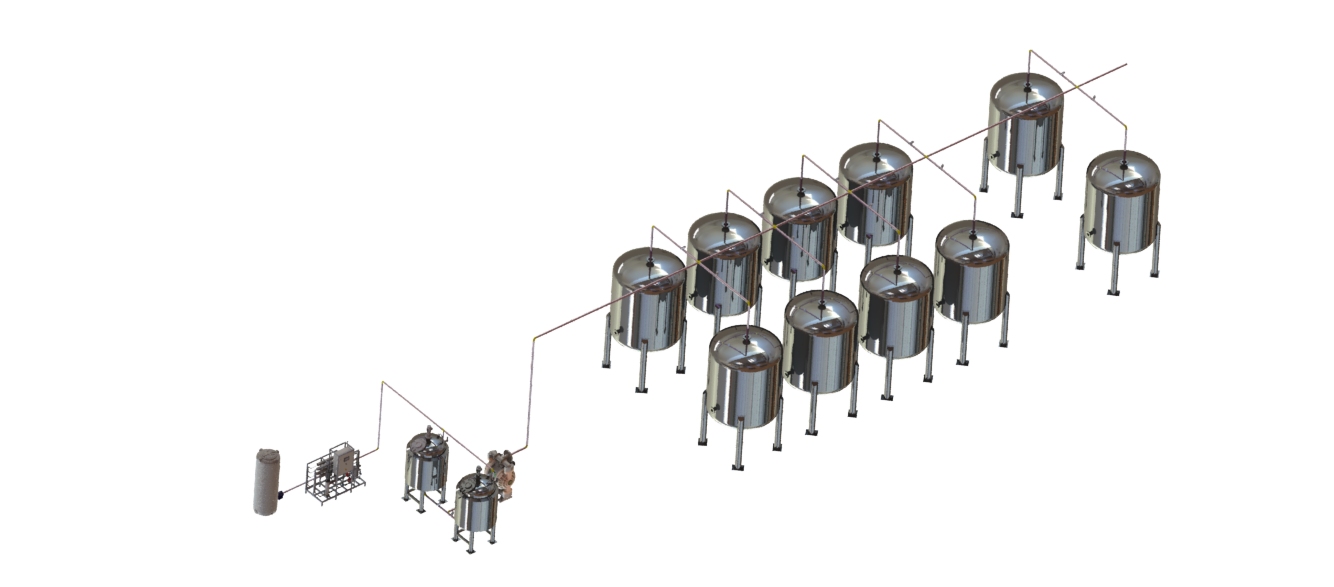

Industrial design is the process of designing and developing products that are manufactured on a large scale. It blends aesthetics, functionality, ergonomics, and usability to create items that are not only efficient and practical but also visually appealing and user-friendly. Industrial design is essential in the development of a wide variety of products, from household goods to vehicles and electronics.
Process of Industrial Design
The industrial design process typically involves several stages, from initial concept development to final production:
1. Research and Analysis
- User Research: Understanding the needs and preferences of the target users is a crucial first step. This can involve surveys, interviews, focus groups, and direct observation of how people use existing products.
- Market Research: Analyzing trends, competitors, and potential gaps in the market helps define the product’s unique value proposition.
- Feasibility Study: Determining if the product can be manufactured within the desired cost constraints, as well as ensuring that the technology and materials required are available.
2. Ideation and Concept Devel
3. Refinement and Development
4. Prototyping and Testing
5. Manufacturing and Production
6. Post-Production and Feedback
Tools and Software in Industrial Design
Industrial designers today rely heavily on computer-aided design (CAD) software to create, modify, and analyze designs. Some of the most popular tools include:
- AutoCAD: Used for creating detailed 2D and 3D drawings.
- SolidWorks: A 3D CAD program widely used in product design, especially for mechanical and industrial applications.
- Blender: A powerful, open-source 3D modeling software used for creating both concept visuals and final product models.
Areas of Application for Industrial Design
Industrial design spans a wide range of industries and products, including:
1. Consumer Electronics
- Smartphones, tablets, laptops, smartwatches: Designers focus on making devices sleek, intuitive, and ergonomic, with a particular emphasis on functionality and user experience.
2. Automotive Design
- Vehicles: From exterior design (form and aerodynamics) to interior layout (seating, dashboard, and controls), industrial designers play a central role in car design.
3. Industrial Equipment
- Machinery, tools, construction equipment: Here, functionality and durability are paramount, and design can focus on improving usability and ergonomics in challenging work environments.
6. Packaging Design
- Packaging for consumer goods, food packaging, and pharmaceuticals: Industrial designers ensure that packaging is functional, cost-effective, and appealing while meeting safety standards.
Trends in Industrial Design
- Sustainability: As environmental concerns grow, industrial designers are increasingly focusing on creating products using recyclable, biodegradable, or sustainable materials. This includes designing for energy efficiency and reducing waste in production.
- Smart Products: The rise of IoT (Internet of Things) has led to the design of “smart” products, such as appliances, wearables, and home devices, which integrate with technology to enhance their functionality.
- User-Centered Design: There’s a strong focus on user experience (UX) and ergonomics, with products designed to be more intuitive, comfortable, and accessible for all users, including those with disabilities.
- 3D Printing: Rapid prototyping through 3D printing allows designers to quickly test and refine their ideas without the long lead times of traditional manufacturing methods.
- Minimalism: The trend towards clean, simple lines and less-cluttered designs is becoming more prominent in many sectors, particularly consumer electronics and home products.
Conclusion
Industrial design is a multidisciplinary field that combines creativity with engineering, business, and user experience to create products that are not only functional but also aesthetically pleasing and manufacturable at scale. It is a field driven by the constant pursuit of innovation and improvement, where understanding user needs, technological advancements, and environmental concerns are integral to the process. Whether designing a smartphone, a car, or a kitchen appliance, industrial designers play a vital role in shaping the products we interact with daily.


